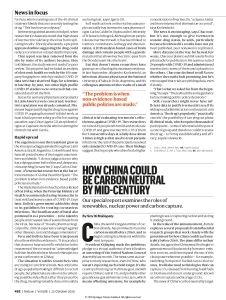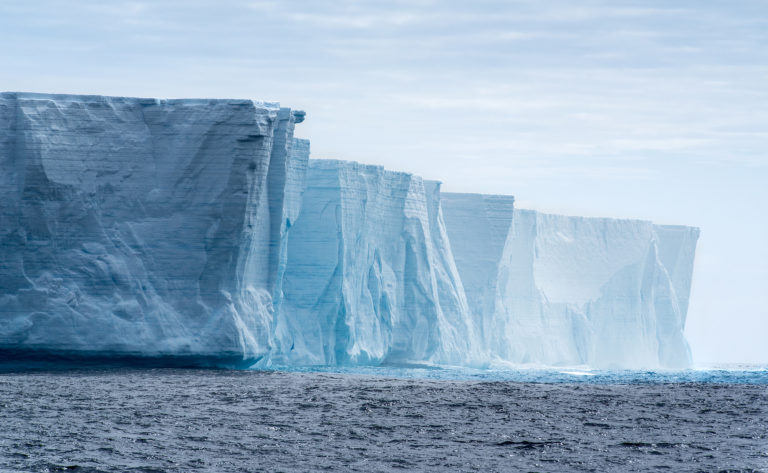Join getAbstract to access the summary!

Join getAbstract to access the summary!
Smriti Mallapaty
How China Could Be Carbon Neutral by Mid-Century
Our special report examines the role of renewables, nuclear power and carbon capture in reaching this ambitious goal.
Nature, 2020
What's inside?
China plans to produce its electricity with non-fossil fuels and reach carbon neutrality by mid-century.
Recommendation
Most people are aware that Earth suffers from a warming climate, which is mainly caused by releasing too much carbon dioxide and other greenhouse gases into the atmosphere. It’s already past high time to take action and China takes climate change very seriously. China intends to be carbon neutral by mid-century and several research groups have developed potentially feasible proposals. If you’re curious about how China plans to reach its ambitious goal, read this article by Smriti Mallapaty, a senior science reporter for Nature.
Summary
About the Author
Smriti Mallapaty is a senior science reporter for Nature. She specializes in the Asia-Pacific region.



















Comment on this summary